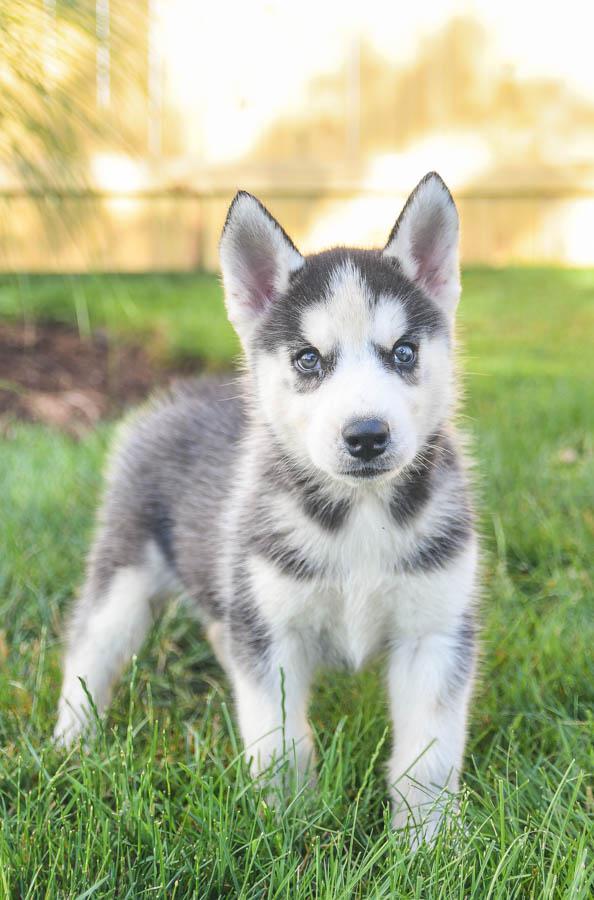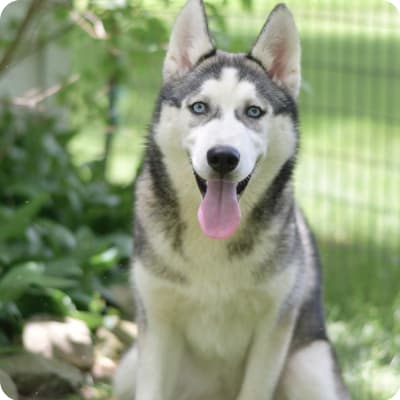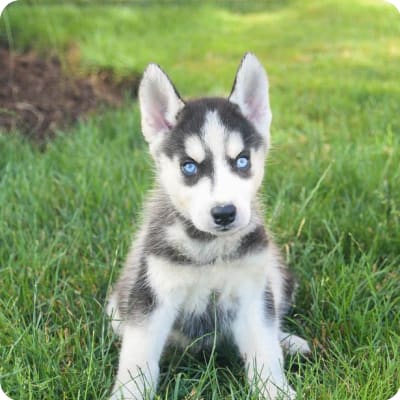Siberian Husky Puppies

An intelligent, athletic, and social breed
The Siberian Husky is unique in that it was bred to work, but also to live harmoniously in the household in Ancient Russia. Their wolf-like experience is often intimidating, but don't let that fool you. Huskies are often friendly companions that fit in perfectly in modern households.
Siberian Husky At a Glance




Siberian Husky At a Glance
- Size: 20"-24", 35-60 lbs.
- Lifespan: 12-14 years
- Energy Level: high
- Coat: Thick and medium-length
- Shedding: heavy
- Hypoallergenic: No
- Dog Group: Working
- Common Nicknames:
Siberian Husky Breed Guide
Learn More About Siberian Huskies


